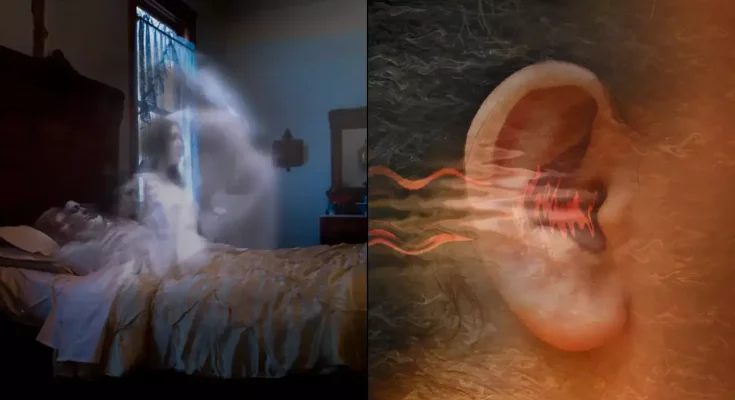The sound can seem really scary, but it’s completely normal when someone is about to die
Experts are raising awareness over an unsettling sound people make when they’re about to die.
A number of phenomena occur when someone nears death, with some even happening months in advance, as health experts have also admitted that most people say the same thing on their death bed.
However, there is one common occurrence that loved ones will see and hear when there’s around just 24 hours left.

Loved ones might become worried if they hear the sound (Getty Stock Photo)
What is the ‘death rattle’?
According to Medical News Today, it’s all to do with the shift in breathing patterns and how ‘secretions may collect in the throat’.
End-of-life care specialist, Hospice Nurse Julie, has previously explained this phenomenon, known as the ‘death rattle’: “This is just a collection of a small bit of saliva in the back of the throat that just sounds really bad.
“Fever happens a lot too because we lose the ability to control the core temperature so our temperature will fluctuate at the end of life.
“Again, it’s all very normal and part of the death and dying process if you are dying naturally at home,” the health expert said.

The ‘death rattle’ is a natural part of the dying process (Getty Stock Photo)
What does the ‘death rattle’ sound like?
Part of the dying process, it is when someone is no longer able to swallow as they are in their final life stages, while ‘secretions in the respiratory tract may be increased’.
Described as a ‘crackling, wet noise’, it is louder when the person breathes.
Sometimes it can sound like a soft moan with each breath, or even a loud gurgling or snoring sound.
Family and friends may worry for the individual doing the death rattle, but luckily there is no pain or discomfort for them.
On average, the person will live for about 25 hours following the death rattle, but studies show that the process lasts longer for those in hospice care compared to in hospital.

Health professionals can do a number of things to make the noises less noticeable (Getty Stock Photo)
What can you do to ease the ‘death rattle’ sound?
Essentially, the person will no longer be able to move saliva and phlegm from their throat, as breathing patterns will change. A dying person also may not breathe for several moments, signalling laboured breathing.
But what can a nurse do to ease the noise for those around the person?
Any one of the following:
- Turn them onto their side
- Raise their head so the secretions can drain
- Moisten the mouth with damp swabs
- Use suction to drain the secretions
- Limit fluid intake
- Use medication to clear the secretions
At the end of the day, it is a natural stage of dying and medical professionals will explain the noise to any concerned loved ones.
The treatments above will likely not prevent a death rattle though, so it’s worth knowing that it’s nothing to worry about.
Featured Image Credit: Getty Stock Images



